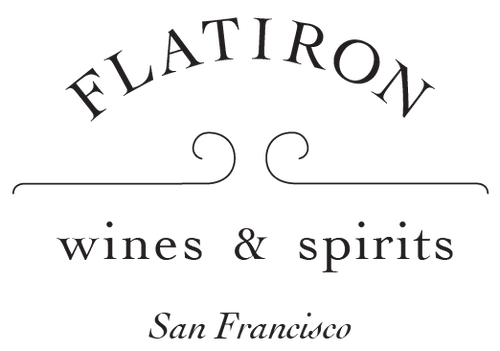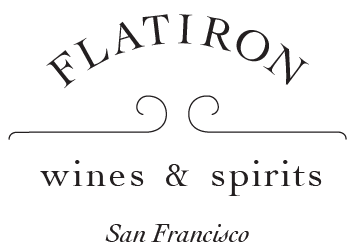Filipa Pato
The story of Filipa Pato and the Portuguese grape Baga are inextricably linked. Filipa’s father, Luis Pato, who still makes legendary wines, is credited with raising Baga from a lowly grape to the brightest rising... Read More
The story of Filipa Pato and the Portuguese grape Baga are inextricably linked. Filipa’s father, Luis Pato, who still makes legendary wines, is credited with raising Baga from a lowly grape to the brightest rising star of Portugal. Baga is not some long lost indigenous variety brought back from the edge of obscurity. In fact quite the opposite. Baga was widely planted throughout Portugal through the 1980’s because, unlike Pinot Noir and Nebbiolo, it is easy to grow and produces high yields. It was largely used as an addition to Port blends and in making cheap sweet fizzy rose wines like Mateus. But as modern winemaking techniques spread to Portugal in the late 80’s visionary winemakers like Luis Pato realized Baga’s potential.
By reducing yields, destemming and experimenting with different maturation methods Luis showed the world what Baga was capable of. As her father gained renown for his elevation of Baga and the region of Bairrada, Filipa was forming her own visions of how to bring this grape to new heights. Fortunately for us she has largely realized that vision. She has pushed the envelope with Baga by experimenting with stem inclusion, open topped fermentation as well as fermenting and aging in clay amphorae called tinajas. Her wines are the perfect synthesis of modern winemaking techniques and preindustrial soul which stands to define what Portuguese terroir really is.
Filipa makes a multitude of wines with a number of varieties. Baga is the one that’s versatile enough for her to show the range of her talents. Today we are featuring three of her red Baga wines that are some of the best examples We've tried. All of these wines display fragrant bouquets with intricate palates accompanied by a robust structure perfect for cellaring. The hallmark flavors of Baga include sappy red and fresh black fruit notes accented by red floral qualities in their youth. With age deeper notes of tobacco, coffee, and earth emerge. Whether you drink them now or later these wines maintain elongated finishes kept energized by crackling acidity and chewy tannins which make them excellent food-pairing wines.




![Bottle of Fílipa Pato S.L. RA 2022 [Disg. '23]-Sparkling Wine-Flatiron SF](http://sf.flatiron-wines.com/cdn/shop/files/Bottle-of-Filipa-Pato-S_L_-RA-2022-Disg_-23-Sparkling-Wine-Flatiron-SF_{width}x.jpg?v=1760568899)